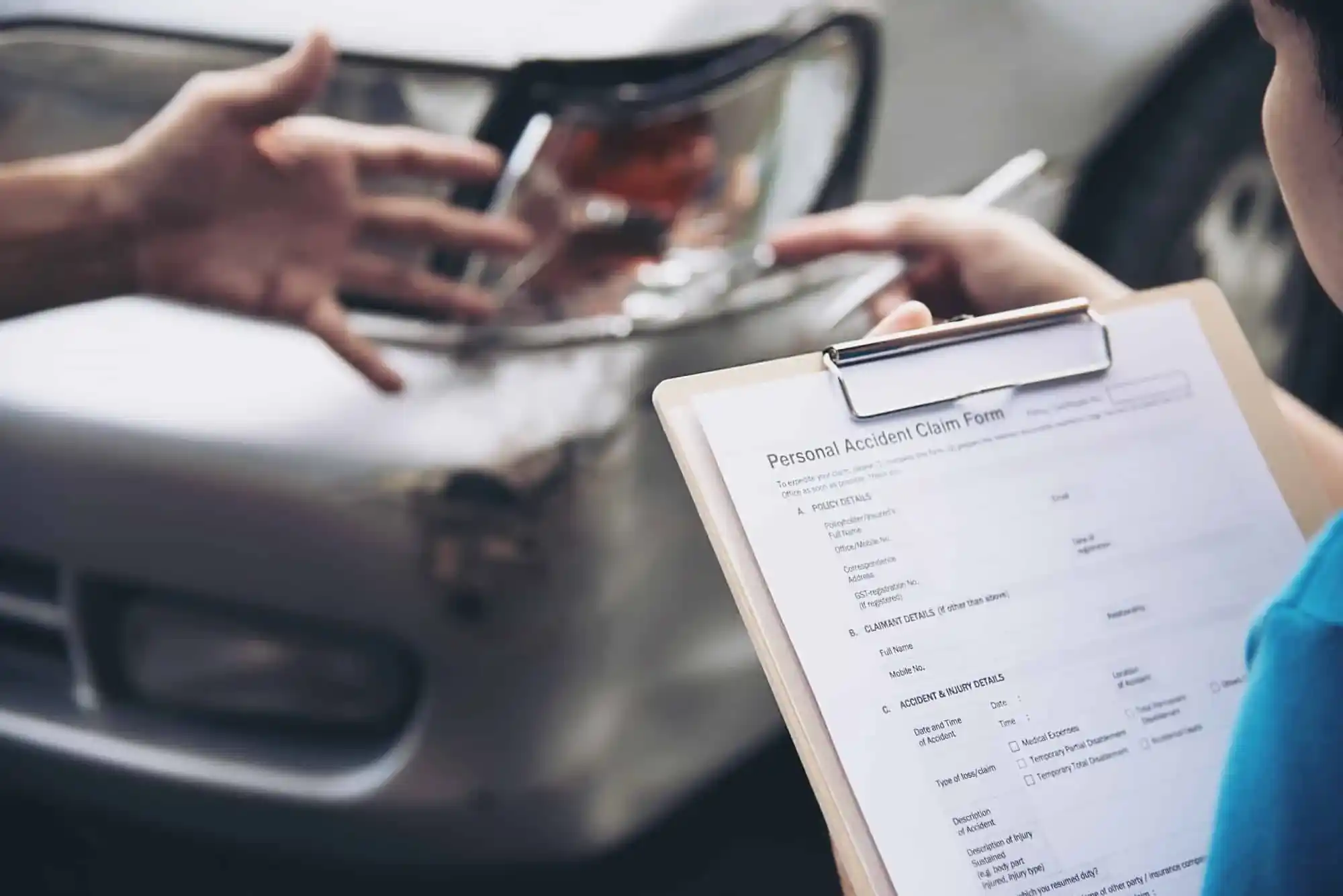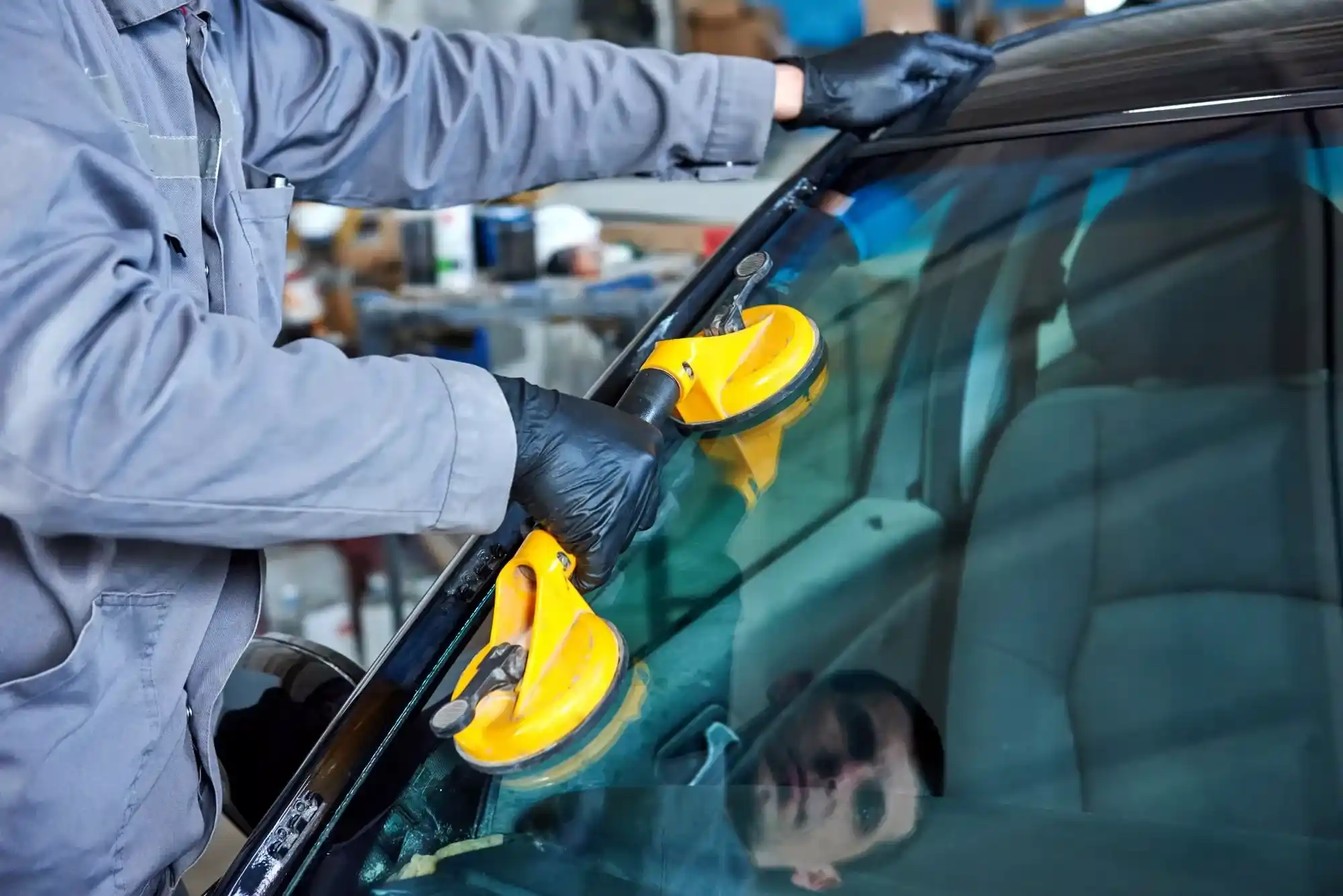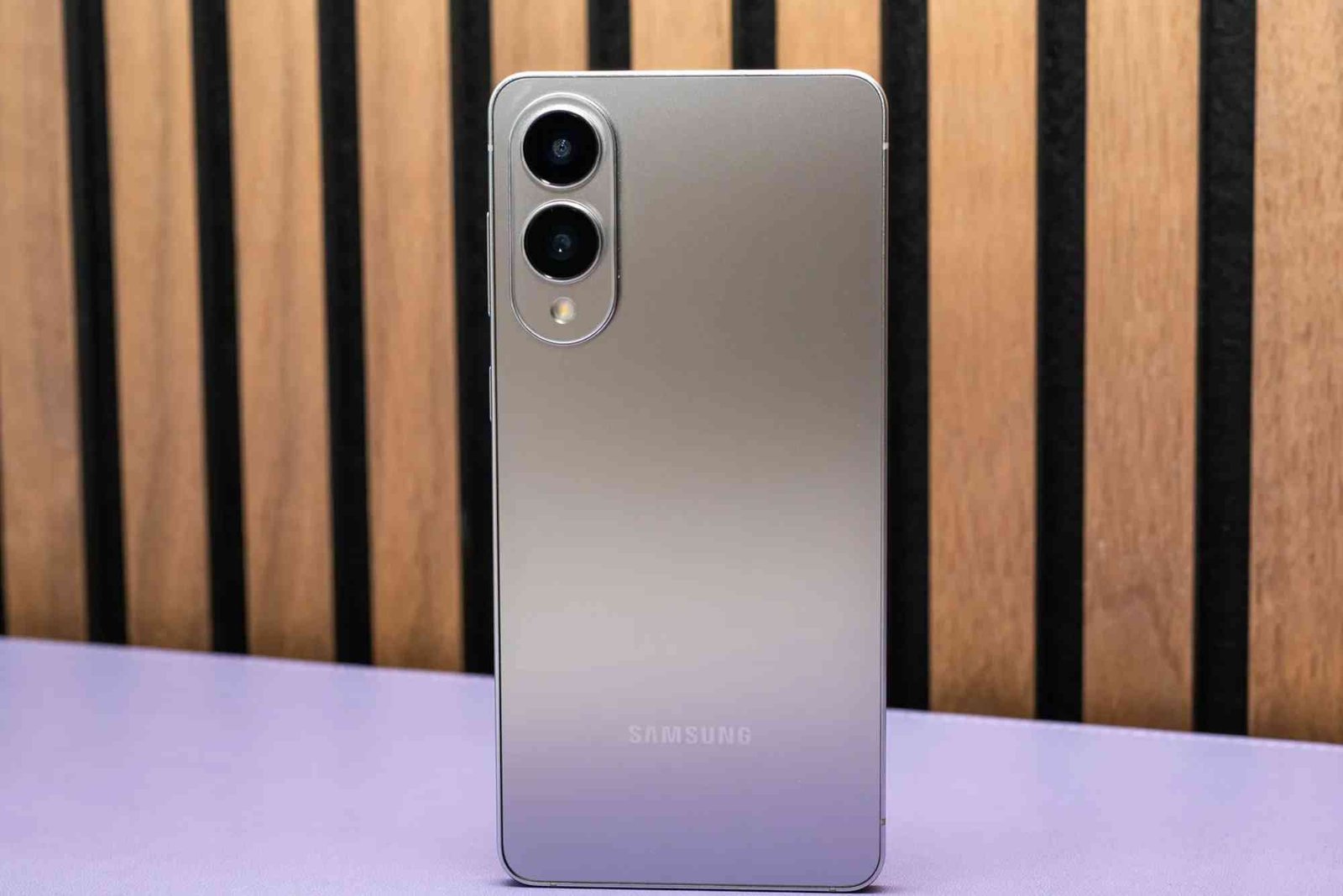In the realm of car insurance, understanding the scope of coverage is crucial, especially when it comes to natural disasters. One common question among policyholders is, “Does car insurance cover natural disasters?” This question arises due to the unpredictable nature of such events and their potential impact on vehicle safety and value. This article delves into the specifics of car insurance coverage related to natural disasters, addressing various aspects such as policy inclusions, exclusions, and how to ensure adequate protection.
Understanding Car Insurance Basics
Before exploring the coverage of natural disasters, it is essential to understand the fundamentals of car insurance. Car insurance typically includes various types of coverage, such as liability, collision, and comprehensive insurance. Liability insurance covers damages to other vehicles or property if you are at fault in an accident. Collision insurance covers damage to your own vehicle in case of an accident, regardless of fault. Comprehensive insurance, on the other hand, provides coverage for non-collision-related damages.
Types of Car Insurance Coverage

To determine if your car insurance policy covers natural disasters, it is essential to be familiar with the different types of coverage:
-
Liability Coverage: This type of insurance is required by law in most places and covers damages or injuries you cause to others. However, it does not cover damage to your own vehicle or damages resulting from natural disasters.
-
Collision Coverage: This coverage pays for damage to your vehicle resulting from a collision, regardless of fault. While it is beneficial for accident-related damages, it does not specifically cover natural disasters.
-
Comprehensive Coverage: This is the key area where natural disaster coverage comes into play. Comprehensive insurance covers a wide range of non-collision-related damages, including those caused by natural disasters. This includes damages from floods, earthquakes, hurricanes, tornadoes, and more.
Coverage for Different Natural Disasters
Car insurance policies vary based on the provider and location. Here’s how comprehensive coverage addresses some common natural disasters:
-
Floods: Flooding can cause severe damage to vehicles. Comprehensive insurance typically covers flood damage, including water entering the engine or interior of the car. It’s important to check your policy to confirm that flood damage is included in your coverage.
-
Hurricanes and Tornadoes: These powerful storms can lead to significant damage to vehicles. Comprehensive insurance usually covers damage from hurricanes and tornadoes, including flying debris or falling trees.
-
Earthquakes: Earthquake damage can be devastating. Many comprehensive policies include coverage for damages caused by earthquakes, though it may depend on the insurance provider and location.
-
Wildfires: Damage from wildfires, including smoke and fire-related damages, is generally covered under comprehensive insurance policies.
Exclusions and Limitations

While comprehensive coverage provides protection against natural disasters, there are certain exclusions and limitations to be aware of:
-
Policy Limits: Comprehensive insurance has limits based on the policy you choose. If the damage exceeds these limits, you may need to cover the additional costs out of pocket.
-
Deductibles: Comprehensive insurance often comes with a deductible, which is the amount you need to pay before the insurance coverage kicks in. Higher deductibles may lower your premium but increase your out-of-pocket expenses.
-
Specific Exclusions: Some policies may have specific exclusions for certain types of natural disasters or may require additional riders for comprehensive coverage. It’s important to review your policy details carefully.
How to Ensure Adequate Coverage
To ensure that your car insurance covers natural disasters adequately, consider the following steps:
-
Review Your Policy: Carefully read your insurance policy to understand what is covered under comprehensive insurance. Pay attention to the specifics regarding natural disaster coverage.
-
Check for Riders: If your policy does not include natural disaster coverage, ask your insurance provider about additional riders or endorsements that can be added to your policy.
-
Consult with Your Insurance Agent: Speak with your insurance agent to clarify any doubts about your coverage. They can provide detailed information about what is covered and what is not.
-
Update Your Coverage: If you live in an area prone to natural disasters, it may be wise to consider increasing your coverage limits or adding specific endorsements for enhanced protection.
-
Keep Documentation: Maintain records of your vehicle’s condition and any damage caused by natural disasters. This documentation can be crucial when filing a claim.
In summary, “Does car insurance cover natural disasters?“ The answer largely depends on your insurance policy and the type of coverage you have. Comprehensive insurance is the primary type of coverage that addresses damages from natural disasters. While it generally includes protection for events such as floods, hurricanes, tornadoes, earthquakes, and wildfires, it is essential to review your policy details, understand any exclusions, and ensure that you have adequate coverage.




